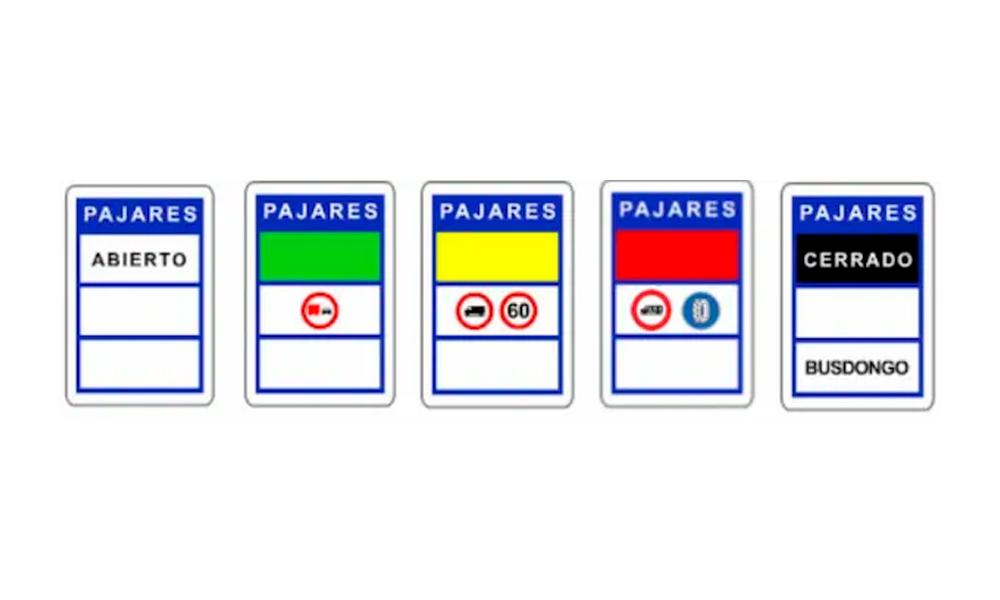Driving in snow or snowy conditions can be extremely dangerous, as the entire dynamics of both the road and driving needs change, and if we don´t adapt, the consequences could be catastrophic.
During an active snowfall visibility can be affected, but so can our perceptions, as a visible tunnel effect can be created as we drive through the falling snow. Once on the ground, snow can leak to blockages and significant problems maintaining traction on the road, and so skidding can be caused.
Whenever we drive in snow, we must take the utmost precautions by slowing down, perhaps even considerably, ensuring that everything we do with the vehicle is slow and gentle, such as turning, braking or accelerating, and allowing a significantly wider distance between us and any vehicle or road user in front.
It is also important to known that in Spain, because of the topography of the country, the weather can be deceptive, in so much as you might well be on the sun drenched Mediterranean coast, but little close to an hour inland you could find yourself coming across snow, and so the first thing to do is always to check the traffic conditions via the official sources, the DGT for the roads, and AEMET for the weather.
It is not mandatory to carry snow chains in Spain. However, in some situations it is mandatory to use them, and so, again, the importance of checking your route is paramount because you could find yourself in a situation where you are not permitted to proceed.
If you come across a blue circular sign with a pictogram of a wheel which is encased in snow chains, then it is mandatory to have snow chains on your wheels in order to proceed beyond the sign. If you do not have snow chains and you continue, it is both extremely dangerous, and illegal, and you could not only find yourself facing a fine, but having to abandon your vehicle where it is as the traffic police take you to a place of safety and a talking to. In this circumstance however, specific winter tyres are also permitted.
There is also a rectangular sign with the word “PAJARES” at the top and then three rectangles below. These rectangles may display certain types of information, including restrictions for particular vehicle types, but principally we must always check the topmost rectangle, which will be colour coded as follows.
Blank / White – Possibly displaying the word “ABIERTO”. The road is open without further restriction.
Green – Road open. You may continue, but you should do so with care.
Yellow – Precaution. You may continue, but with extreme care, and in general terms at a maximum speed of 60 kilometres per hour.
Red – Passible under certain conditions. In principle, when the red band is displayed, you may only pass if you have got snow chains fitted or winter tyres, the same as the blue mandatory warning already mentioned. In this case, in general terms, the maximum permitted speed is 30 kilometres per hour.
Black – Impassible. The road is closed, and you must not proceed.





You must be logged in to post a comment.